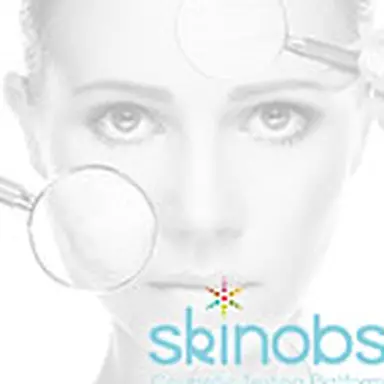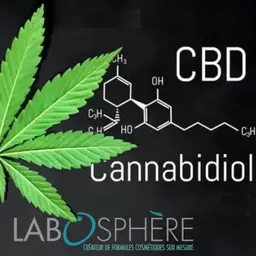
Since the discovery of the intestinal microbiota, the question of the skin microbiota (micro-organisms, bacteria, viruses, fungi, yeasts), is under every lip. 100 trillions of bacteria are living in our bodies and everybody wants to know more about the impact of the cosmetics use on the skin bacteria ecosystem and how these phenomena can be measured? What methods exist today to evaluate the cutaneous microbiota thanks to on human testing? An update of Anne Charpentier (Skinobs).
The microflora is usually subdivided in two groups:
• The transient flora, saprophytic and pathogens microorganisms with
Staphylococcus, aureus, Escherichia coli, Pseudomonas aeruginosa and Bacillus species…
•
The resident flora
,
pathogenic and commensal microorganisms with
Proteobacteria, epidermidis, S. hominis Propionibacterium, Corynebacterium, Dermabacter, Brevibacterium, Micrococcus, P. aeruginosa, Pityrosporum, Malassezia, Demodex…
The balance of cutaneous microflora (500 bacteria species) is dependent of the several conditions of its ecosystem: temperature, pH, hormones, light, UV, lipids, proteins, water… It is mainly influenced by the genetic, the life style and the diet. Each person has their own skin flora composition, distributed from the epidermis until the dermis, which is lifelong qualitatively stable, like a personal microbial footprint. This skin microflora is fundamental for the skin homeostasis and participates to the immune and barrier functions. The cosmetics search for two main benefits: the probiotic-like effect and the anti-microbial effect.
Methods to evaluate the cutaneous microbiota thanks to on human testing
As the important intra-individual diversity of the cutaneous flora is also associated with a high level of inter-individual variability, the protocols will compare the skin swabbing of the treated zone and of the non-treated or placebo zone, before and after treatment.
Two main diagnosis opportunities: …













